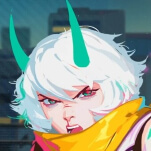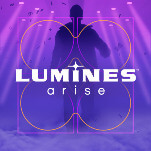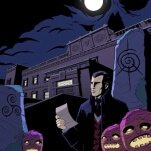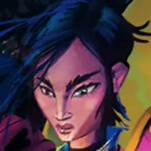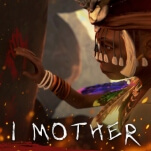Wonder Boy: The Dragon’s Trap: A Hand-Drawn History
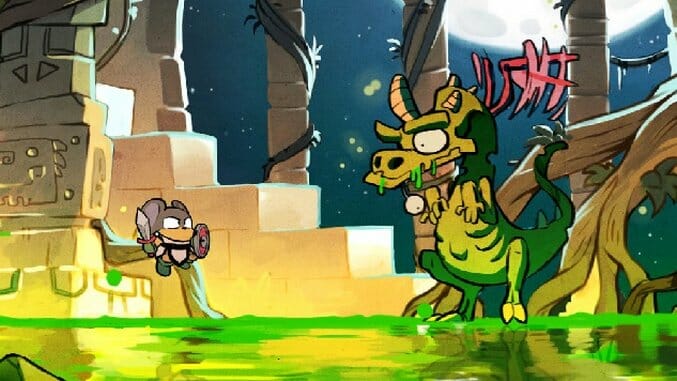
When I was a kid, I wanted to be an animator. I grew up watching Disney animated films and Saturday morning cartoons. The hand-drawn characters in these movies and shows expressed their unique personalities with simple gestures, their contours acting as subtle signatures of the artists who drew them. I’d relish anime series finales where the creators seemingly spent their entire animation budget to multiply the number of frames in key action scenes. The fluidity of motion, combined with the knowledge of the labor that went into producing them, made for dazzling displays, even when plots fell flat. Nothing against computer generated animation or pixel art, but sometimes I miss the unique aesthetic qualities that come with hand-drawn animation, which has become all too rare.
When I first booted up Wonder Boy: The Dragon’s Trap, I couldn’t stop staring at my character’s basic movements. Walk, crouch, sword thrust—each is lovingly animated from hand-drawn frames in an enthrallingly smooth and vivid manner. The character designs are right out of an adventure-filled Sunday comic strip. The protagonist, sporting a colorful cowlick and a look of determined optimism, traverses a slate of stereotypical videogame areas (jungle, castle, desert, etc.) that nonetheless set the stage for a lighthearted romp. When you enter a shop, the outlines of the characters vibrate as the contours cycle through multiple drawings of the same pose, creating an illusion of idle motion. A snarky, smoking pig will sell you a better sword, then lament that he should have charged more. Perhaps the look of Wonder Boy just scratches an animation itch for me, but generally speaking, games don’t look like this, much less remakes of Sega Master System titles. Wonder Boy: The Dragon’s Trap is a remake done right, executed with a style that is both loyal to its source material and singularly evocative on its own.
This new Wonder Boy is indeed a remake of Wonder Boy III: The Dragon’s Trap, originally released in 1989. You play as Wonder Boy or Wonder Girl (she’s new to the remake) off to slay a dragon, but you end up getting cursed instead. Our Wonder Hero is turned into an anthropomorphic lizard and must set out to return to human form by taking down the monster behind it all. Along the way you are transformed into other humanoid animals, each with their own abilities and weaknesses, and must slash and burn a path through a non-linear world to lift the spell cast upon you. Wonder Boy: The Dragon’s Trap has the expected HD rerelease updates (widescreen display, higher framerate, etc.), but the visual overhaul, plus the ability to switch to or mix and match retro graphics and audio on the fly with no interruption in play, adds value to the title both for players looking for a new game or a historical curiosity.
Switching between contemporary and vintage graphics may seem like a simple novelty, but it gave me a deeper appreciation of both art styles by having them so easily juxtaposed. I swapped visuals every time I entered a new room, genuinely curious as to how the game originally looked, but also to investigate where the remake’s artists drew inspiration. Wonder Boy: The Dragon’s Trap is a museum as much as it is a game. It was pretty common for games in the ‘70s and ‘80s to have very detailed and elaborate fantasy-book-cover box art that was meant to spur players’ imaginations as to what a bunch of colored blocks moving around were supposed to represent within the games themselves. Wonder Boy: The Dragon’s Trap is like that box art has come to life. The original designs, previously relegated to character portraits in the instruction manual are the actual in-game models here.
-

-

-

-

-

-

-

-

-

-

-

-

-

-

-

-

-

-

-

-

-

-

-

-

-

-

-

-

-

-

-

-

-

-

-

-

-

-

-

-


